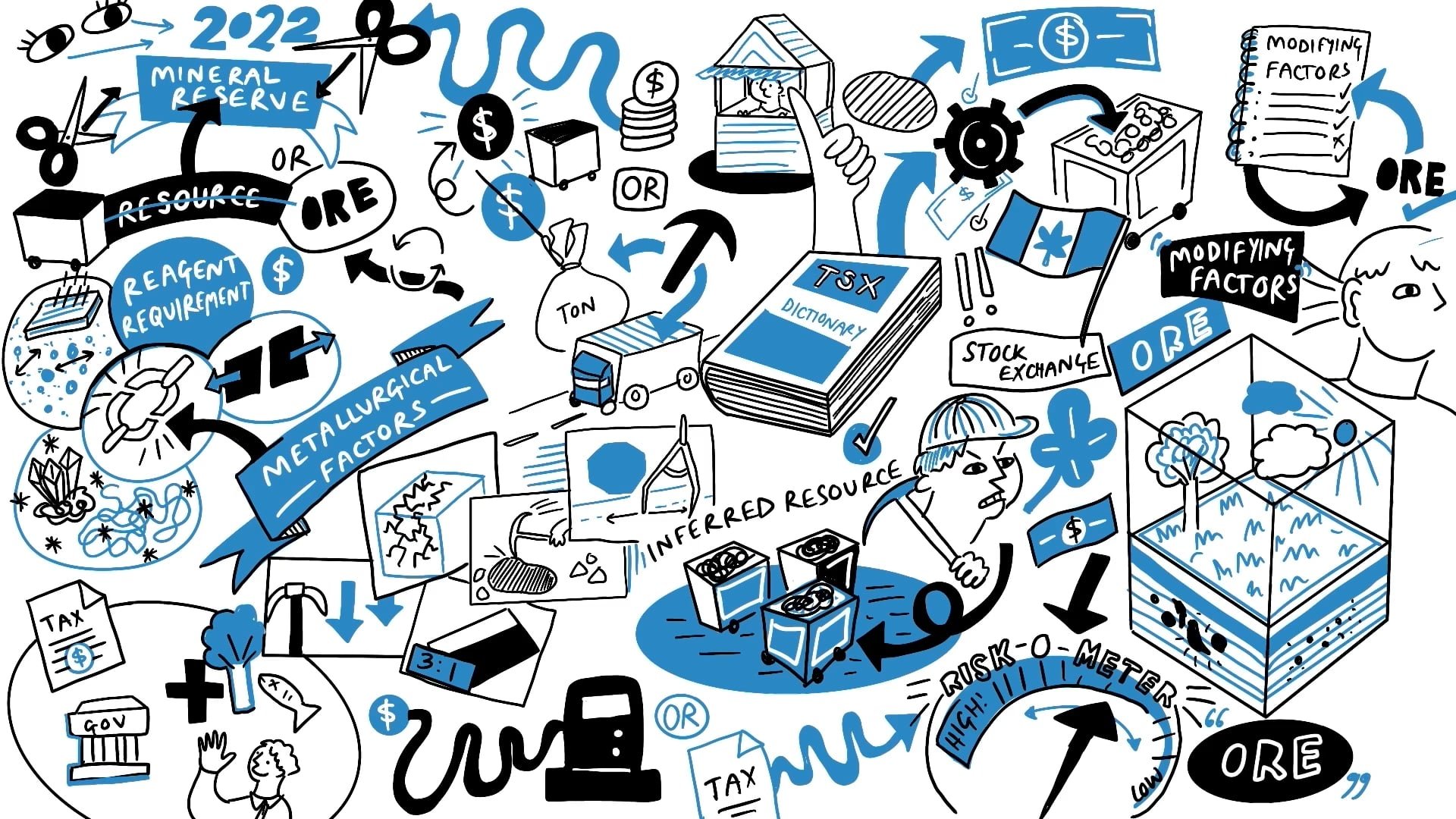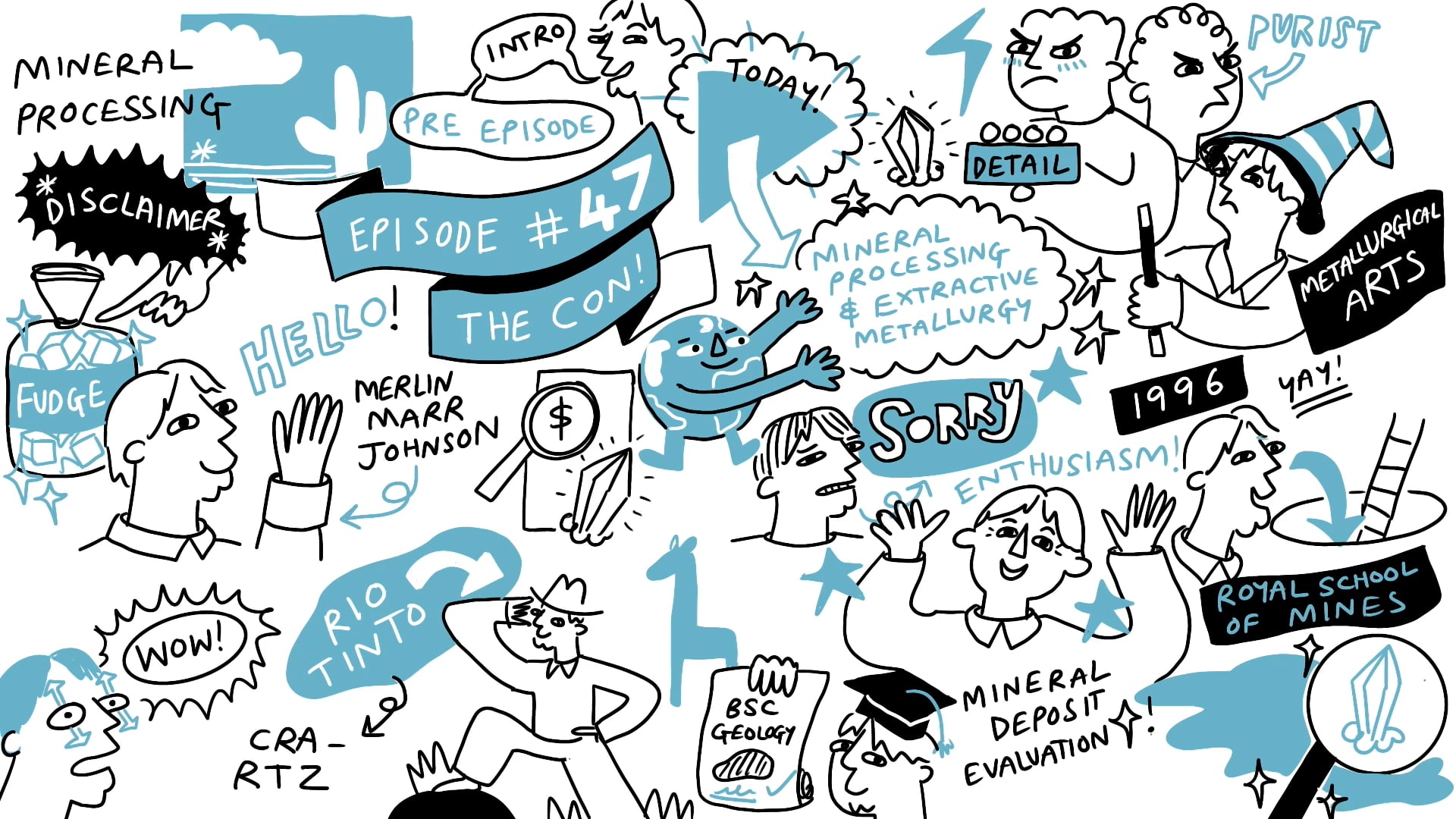Strategy: Developing An Asset, Reporting, Market Cap

More episodes
Transcript
Another thing to look at when it comes to strategy is if a company says that they're going to develop an asset and you need to work out whether they're actually credible or not. Has the management perhaps been promising the same thing for years? You can easily go back and check out the annual reports and if the same story comes up every year, you know they're just repeating themselves. It comes back to the classic cry wolf analogy. If you hear the company saying, we're going to bring this into production next year, and every year they say the same thing, it begins to lose its credibility. You need to see the company maturing in line with the strategy. Typically, that equates to share price growth in line with the market cap growth, or in line with market cap growth. Therefore, it's not just the value of the company going up because they're issuing more shares, but actually the market is respecting the value of the de-risking of the asset, and so you can issue more shares but at regularly higher prices. It's market cap growth with a number of shares in a healthy relationship with a share price.
Reporting, you can also consider it in other ways. You can look at the quality of the reporting and the quality of the staffing. How has the board changed? Have they brought in people with specific expertise for the development of these kinds of assets? Have they brought in resource geologists rather than just straight exploration geologists? How much are they relying on external consultants? Have they got the right engineers in the team? Have they got the right in-house team?
That staffing and organisational chart as the company grows from a small explorer through to a resource evaluator to the technical and financial appraisal of assets into that build phase. Underlying the statements that the company will make through its presentations and interviews, you need to see an underlying correlation with the internal organisation of the company.
Market cap. Perhaps the easiest way to see if this is happening or not is whether that market capitalisation is changing relative to the capex requirement. If you have a company with a very low market capitalisation and a large capital requirement to build the project and that relationship doesn't change over time, think to yourself, it is extremely unlikely that it's going to get developed by the company itself. For any type of investor, if you're sitting in a company and you see a scenario where the market capitalisation is tiny relative to the NPV, you may think, oh this thing is going to get taken over, we're going to make 10 times our money here. I would caution against that very carefully because for some reason your company is not in good shape and it's highly likely that it's not going to be developed by your team. Furthermore, the larger mining companies will not want to take it over because they can see a technical or an economic risk that you can't. For me, that's a real flashing signal to watch out for. Look at the market capitalisation versus the CAPEX requirement.
Strategy. Team building. To reiterate the point, the team required for exploration is really a different team required for resource development. It's a different team required for builders. The construction team is different to that of resource development. And then again, you need a different team that's required for operations. So you really need to see the evolution
of the team underlying the strategy. As I noted before, geologists are emotional. They are hard to manage. Frankly, they're impossible people. I speak from the heart. I am one and I've been dealing with others for the better part of 30 years. They are scientific, creative, often maverick. And yet the build team, led by engineers, often is methodical, risk averse and organised.
Quite often if you look at a smaller exploration company, the original team, your founder geologist, he's the CSR manager and the camp manager who's running the technical side of things. One of the first things that happens when you make a discovery is that you bring in professional managers who then appoint a logistics manager. And before long, your geological and exploration camp is being run by a logistics manager who wants to drive the process, and there's a geologist there who also wants to drive the process. I've seen it so many times, there's conflict. But perhaps that's the paddling of the swan's feet underneath the water that investors don't need to see.
Moving on to the strategy of when people say they want to develop, they say, we're going to start a small operation so that we can generate the cash flow to continue exploring. My comment on hearing that is if you hear people talking like that, generally run a mile because a small operation is just as hard to manage as a large operation. I repeat, run a mile if they talk about starting small to pay for exploration or starting a small mine to pay for the big mine. Small operations require the same amount of GNA and the same amount of office time. And mostly a small operation doesn't make enough money. The cost estimates are wrong. It sucks in every aspect of a small company's resources and time and as a result, you don't focus on the big exploration story or on getting the big development story correct. So for an exploration company, it's priority number one. Focus on making a discovery that is absolutely going to be economic and commercial. It needs to have the scale and the grade so that you can be sure that this thing is coming out of the ground. Secondly, when you do want to produce it and you go through that difficult transition period from resource evaluation to development, permitting and finance, you've got to have the maturity of the team to ensure that this will be a meaningful development.
There are, of course, exceptions, well, rare exceptions. Typically, private companies will find an alluvial diamond pack or a placer gold deposit, and they can be small operations that are highly profitable. These are normally kept private, and that's fine. Also, a number of small mining companies in the Andes with veins running 20 grams per ton over one to two meters. These are small underground operations. They're producing high margin ounces. The resource development only ever runs about a year ahead, so they'll never be able to put a big resource together that can support a public valuation. But on these meso-thermal veins that kind of go down almost to the center of the earth, you can keep mining in front of your nose and that works. It's very suitable for a private company. Occasionally they can tip out into the public sector. For example, I mean, Atico Mining and some South American companies that can make that transition into the public markets.
And the other style of company that can make a small asset work is when you've got a very, very simple strategy and a de-risked development path to a low-risk - technically speaking, operations such as a heap leach project, where you make your mistakes small to begin with, if you're going to make mistakes, but you can build out on a low cost basis with low capex, if
that is your company philosophy. A good example of this is Minero Alamos developing simple heap leach projects. So it can work in circumstances, but generally if anybody says they're going to start small, small operation to pay for exploration, or they're going to start a small operation so that you can expand into the big operation, avoid.









































.jpg)
.jpg)
.jpg)
.jpg)















